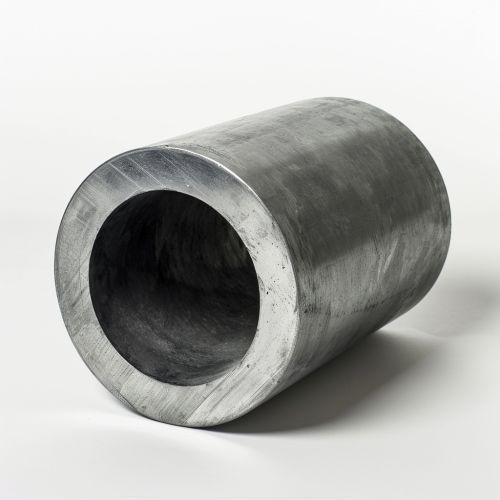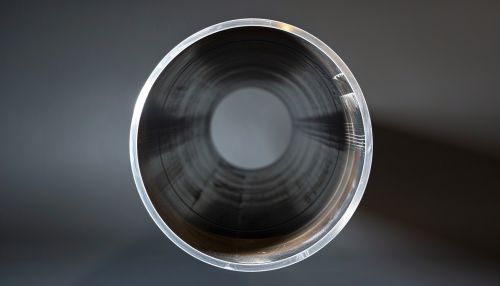Cylinder
Definition
A cylinder is a three-dimensional geometric shape, characterized by two parallel, congruent bases and a curved surface connecting the bases. The bases are typically circular, but they can also be elliptical or polygonal. The curved surface, also known as the lateral surface, is perpendicular to the bases.
Mathematical Description
The mathematical description of a cylinder depends on its type. The most common type is the right circular cylinder, which has circular bases and a lateral surface perpendicular to the bases. The equation of a right circular cylinder in Cartesian coordinates is (x-a)² + (y-b)² = r², where (a,b) is the center of the base and r is the radius.


Types of Cylinders
There are various types of cylinders, classified based on the shape of the base and the angle between the bases and the lateral surface.
Right Circular Cylinder
A right circular cylinder has circular bases and the lateral surface is perpendicular to the bases. This is the most common type of cylinder and is often simply referred to as a "cylinder".
Oblique Cylinder
An oblique cylinder has circular bases, but the lateral surface is not perpendicular to the bases. Instead, it slants, creating an angle with the bases.
Elliptical Cylinder
An elliptical cylinder has elliptical bases and the lateral surface is perpendicular to the bases. The equation of an elliptical cylinder in Cartesian coordinates is (x-a)²/b² + (y-c)²/d² = 1, where (a,c) are the centers of the bases, and b and d are the semi-major and semi-minor axes of the ellipse, respectively.
Polygonal Cylinder
A polygonal cylinder has polygonal bases. The bases can be any polygon, but the most common types are triangular, square, and hexagonal cylinders.
Properties of Cylinders
Cylinders have several important properties, including volume, surface area, and lateral area.
Volume
The volume V of a right circular cylinder is given by the formula V = πr²h, where r is the radius of the base and h is the height of the cylinder.
Surface Area
The surface area A of a right circular cylinder is given by the formula A = 2πrh + 2πr², where r is the radius of the base and h is the height of the cylinder. The first term in the formula represents the lateral area, and the second term represents the area of the two bases.
Lateral Area
The lateral area L of a right circular cylinder is given by the formula L = 2πrh, where r is the radius of the base and h is the height of the cylinder.
Applications of Cylinders
Cylinders have numerous applications in various fields, including engineering, architecture, and mathematics.
Engineering
In engineering, cylinders are often used in the design of structures and machinery. For example, the pistons in an internal combustion engine are cylindrical in shape. Similarly, the cylinders in a hydraulic system are used to transmit force.
Architecture
In architecture, cylinders are used in the design of buildings and structures. For example, many modern skyscrapers have a cylindrical shape to maximize the use of space and to provide structural stability.
Mathematics
In mathematics, cylinders are used in various areas, including geometry, calculus, and topology. For example, in calculus, the method of cylindrical shells is a technique for finding the volume of a solid of revolution.
